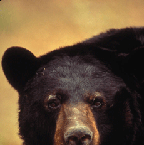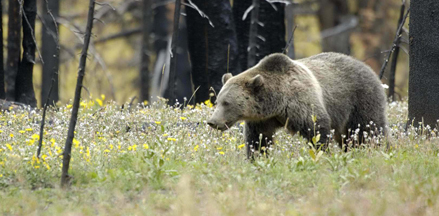 A black bear attack on a 12-year-old girl in Michigan made national news last week. However, a Michigan Department of Natural Resources press release says that a bear killed by DNR personnel shortly after the attack was not the bear in the attack. The bear was not killed because of any possible connection to the attack, but because it had been wounded by being shot by a home-owner who feared for his life.
A black bear attack on a 12-year-old girl in Michigan made national news last week. However, a Michigan Department of Natural Resources press release says that a bear killed by DNR personnel shortly after the attack was not the bear in the attack. The bear was not killed because of any possible connection to the attack, but because it had been wounded by being shot by a home-owner who feared for his life.
The release says that DNA analysis shows that the bear that attacked the girl was female, while the bear that was killed was male.
Read the Michigan DNR press release here.
And if you haven’t seen the bear attack coverage, you can find some of it here.
NBC Nightly News notes that it was a busy week for bear attacks.
In Idaho, in a situation that closely echos the Michigan incident, the US Fish and Wildlife Service is investigating the shooting of a grizzly bear on private property to see if the bear is the same one that attacked two biologists earlier in the month, Reuters reports.
Read the Reuters story here.
Another Reuters story contains a single paragraph about the biologists, which is the most information I could find anywhere. Read the whole story in the Willmar, Minn. West Central Tribune:
Also on Thursday, Idaho wildlife officials reported that two biologists collecting grizzly habitat data in the eastern part of the state were knocked down by a charging grizzly after they startled it. Spray was used to scare off the bear, which bit one man on the backside and the other on the hands.
Photo: This is my generic black bear photo, courtesy US Fish and Wildlife Service. This bear has neither attacked a human nor been shot, to the best of my knowledge.

 There’s lots of news about grizzly bears out there this month.
There’s lots of news about grizzly bears out there this month.